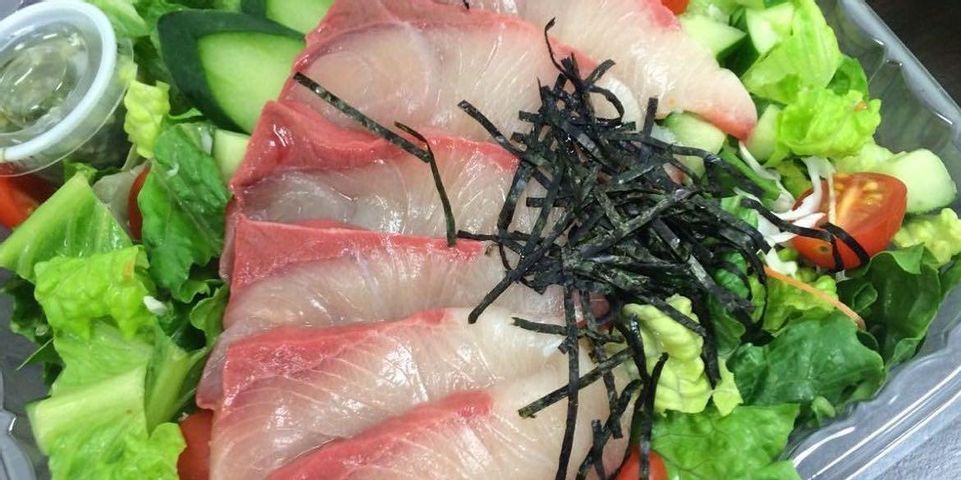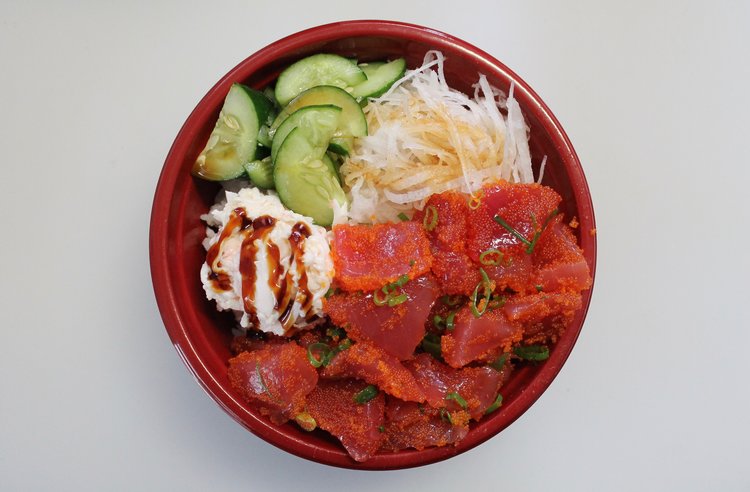
Tuna is a premium seafood product, so it’s priced and used based on its quality. Since the fish is served raw for sushi, chefs look for a higher quality than you might find in cans or grilled dishes at a restaurant. Here’s a brief overview of the tuna grading system to give you an idea of the high standards to which sushi ingredients are held.
How It Works
There are five traits analyzed during grading: initial appearance, size and shape, color, texture, and fat content.
The initial appearance includes a visual inspection of the skin, scales, fins, belly, and collar, where the head was removed for freshness.
Larger fish tend to have a higher value since they have more fat and provide more portions.
 Redder meat tends to have more flavor. The core sample is usually taken near the tail since the meat there changes color first.
Redder meat tends to have more flavor. The core sample is usually taken near the tail since the meat there changes color first.
Texture looks at how sticky or pasty the core sample is.
Samples are taken from the belly, tail, and collar to check on the amount of fat marbling.
What Qualifies as Sushi Grade
Grade #1 is the highest and is also known as sushi or sashimi grade. To qualify, the tuna should be at least 60 pounds. When cut open, its flesh should be clear, fresh, and bright red with no discoloration or damage.
Touching the sample will reveal a smooth yet sticky texture. You should also be able to see and feel the fat marbling throughout the meat.
Aloha Cones uses only the highest quality of fresh tuna and other fish for their street-style sushi in Honolulu, HI. This restaurant has award-winning, Instagram-worthy, delectable poke and fresh sashimi bowls on sushi rice or salad, which put a modern twist on traditional Asian cuisine. Order online or call (808) 842-7653 to get takeout.
About the Business
Have a question? Ask the experts!
Send your question

